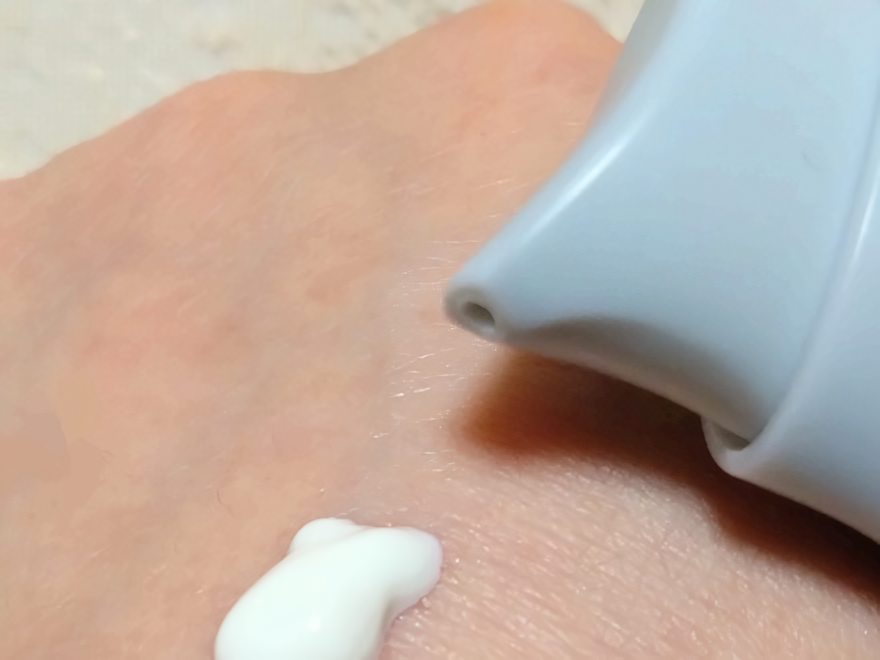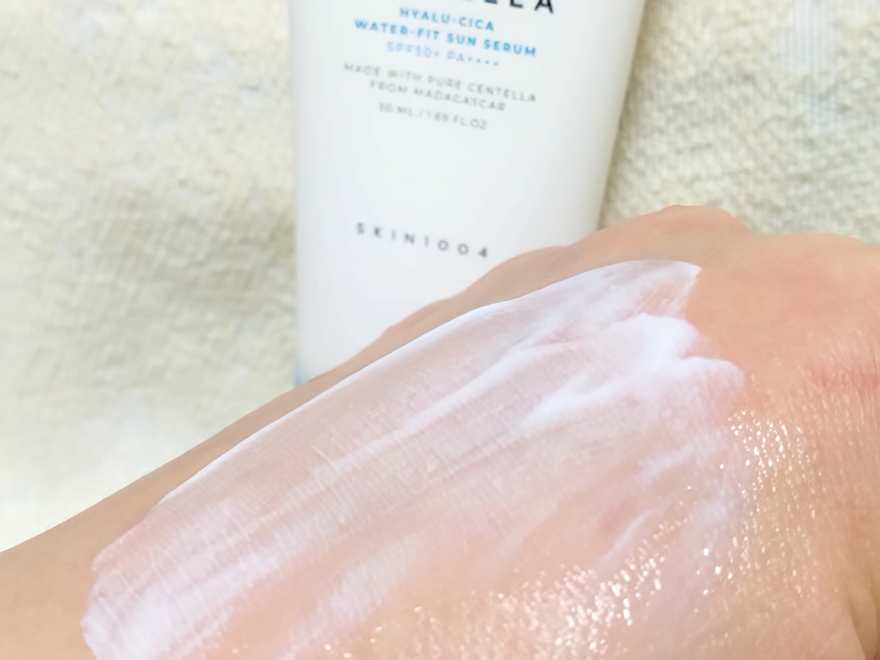

◼ Product Overview
SKIN1004 Hyalu-Cica Water-Fit Sun Serum positions itself as a lightweight, hydrating sunscreen that combines high UV protection (SPF50+ PA++++) with soothing and moisturizing properties. While the texture and finish have received praise, this review will focus on formulation, dermatological implications, and user compatibility, specifically with sensitive and acne-prone skin.
◼ Key Ingredients Analysis
1. UV Filters
▪ Ethylhexyl Methoxycinnamate (Octinoxate)
A chemical UVB filter with well-documented efficacy. However, it's photostable only to a limited degree and may cause skin irritation in sensitive individuals. It is also banned in certain regions (e.g., Hawaii) due to its environmental impact on coral reefs.
▪ Bis-Ethylhexyloxyphenol Methoxyphenyl Triazine (Tinosorb S)
A broad-spectrum, photostable filter with excellent performance. Considered a modern, safe choice. No objections here.
▪ Diethylamino Hydroxybenzoyl Hexyl Benzoate (Uvinul A Plus)
An effective UVA filter. Safe and stable. No major concerns.
→ Summary: While the combination provides broad-spectrum coverage, the inclusion of Octinoxate raises a red flag for those with sensitive skin or environmental concerns. A mineral-based option would be more universally tolerable.
2. Hydrating & Calming Agents
▪ Centella Asiatica Extract (Cica)
Known for its anti-inflammatory properties. Commonly used in K-beauty for sensitive skin. It’s well-tolerated, though efficacy depends heavily on concentration, which is not disclosed here.

▪ Sodium Hyaluronate
A low molecular weight form of hyaluronic acid. While generally hydrating, it can actually draw water out of the skin in dry climates if not sealed properly, which may cause tightness and surface dehydration.
▪ Butylene Glycol, Glycerin
Common humectants that assist in moisture retention. Generally safe, but in high concentrations can feel sticky, especially in humid conditions.
→ Summary: A theoretically good lineup for hydration, but performance varies with environmental factors. No strong occlusives are included, which limits long-term moisturization.
3. Skin Sensitizers / Potential Irritants
▪ Acrylates/C10-30 Alkyl Acrylate Crosspolymer
Used as a film-forming and thickening agent. Not inherently problematic, but may contribute to that “tight” feeling some users report.
▪ Tromethamine
A pH adjuster that can be irritating in certain formulas, especially if combined with sensitizing UV filters.
▪ 1,2-Hexanediol
Used as a preservative and emollient. Can be sensitizing for some individuals over long-term use.
→ Summary: Nothing extremely alarming, but these low-level irritants can compound over time, especially if used twice daily.
◼ Performance & Sensory Notes
Despite being marketed as a "water-fit serum," this product leaves a perceptible film on the skin after application. Not greasy per se, but not breathable either. For individuals with acne-prone or reactive skin, this film may interfere with sebum regulation or contribute to clogged pores—especially in hot or humid climates.

Under makeup, the formula does not always play well. It can pill with silicone-based primers or certain foundations. The reapplication process, while essential with any sunscreen, becomes less practical due to the texture building up in an unpleasant way.
◼ My Experience (Skin type: Combo, acne-prone, sensitive barrier)
Day 1–3: No immediate issues, though there was a faint burning sensation around my nose and eyes after 30 minutes.
Day 5: Noticed a few closed comedones forming around the jawline.
Day 7–10: Skin began to feel dry yet congested. Upon discontinuation, irritation subsided within 48 hours.
I suspect the combination of Octinoxate and film-formers (plus insufficient occlusives) destabilized my skin barrier.
◼ Final Verdict
This sunscreen might work well for normal skin types living in moderate humidity. However, for sensitive, barrier-impaired, or acne-prone individuals, the formulation raises multiple concerns:
▪ Presence of Octinoxate (irritant, environmentally questionable)
▪ Lack of barrier-repairing lipids or occlusives
▪ Occlusion without breathability
▪ Unpredictable performance under makeup
Not a repurchase. Not a recommendation for sensitive skin. It’s not the worst sunscreen on the market, but definitely not the most elegant or reliable either.
 0Comments
0Comments